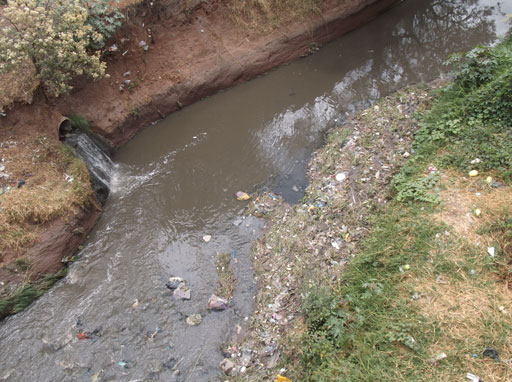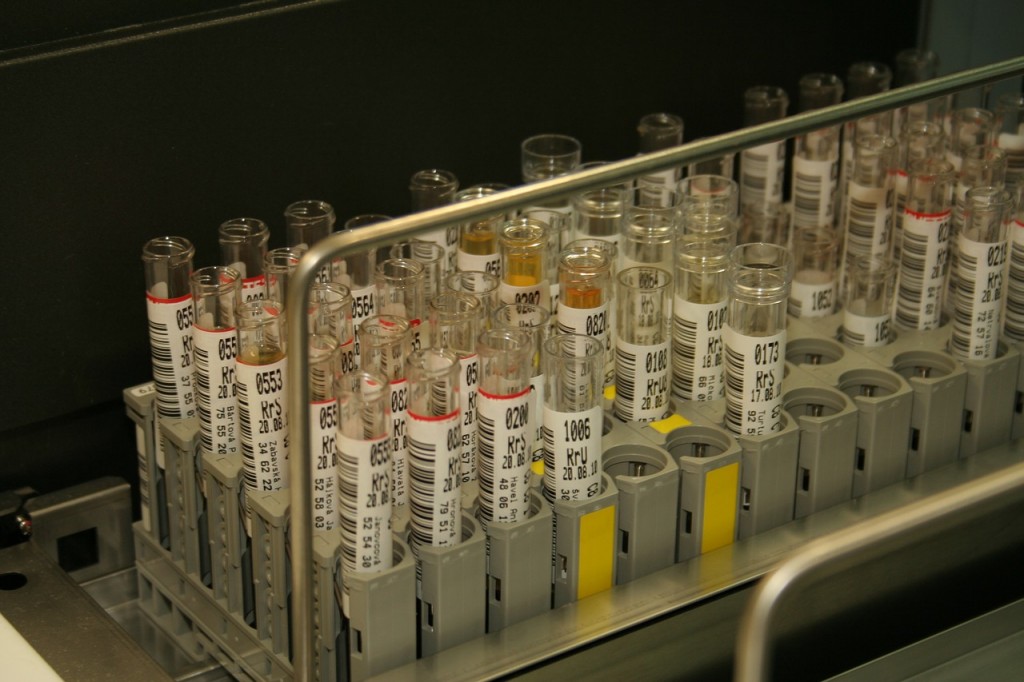Safe and Lasting Liquid Waste Disposal: Your Go-To Provider
Safe and Lasting Liquid Waste Disposal: Your Go-To Provider
Blog Article
Just How Fluid Garbage Disposal Works: A Comprehensive Summary of Methods and Technologies Utilized

Introduction of Fluid Waste Kind
The complexity of fluid waste types requires an extensive understanding of their characteristics and ramifications for disposal. Fluid waste can generally be classified into a number of kinds, consisting of industrial, local, agricultural, and dangerous waste. Each group shows distinctive homes, needing particular management methods to reduce environmental and health threats.
Industrial fluid waste stems from producing processes and frequently contains a series of impurities, such as hefty metals, solvents, and natural substances. Local liquid waste, primarily making up wastewater from households and commercial facilities, includes organic issue, nutrients, and virus (industrial wastewater treatment). Agricultural liquid waste, consisting of overflow from ranches, might contain plant foods, pesticides, and pet waste, positioning risks to water quality and ecological communities
Harmful liquid waste is defined by its toxicity, sensitivity, or potential to create damage. This group consists of compounds like acids, bases, and particular chemicals that require stringent handling and disposal procedures. Understanding these diverse liquid waste kinds is important for developing efficient disposal approaches and making certain compliance with ecological regulations. Appropriate classification and characterization are necessary for executing ideal treatment methods and minimizing the negative effects on public wellness and the environment.
Physical Therapy Techniques

Testing is the first action, where bigger bits and debris are eliminated from the liquid waste utilizing screens or grates. This process shields downstream tools from damages and makes sure smoother procedure. Complying with screening, sedimentation utilizes gravitational force to different solids from fluids. In sedimentation containers, much heavier particles work out at the bottom, forming a sludge layer, while the clarified liquid can be more dealt with.
Filtration is an additional crucial approach that includes passing the fluid with porous products, such as sand or membranes, to record smaller fragments. This action enhances the quality of the liquid, making it suitable for subsequent treatment procedures.

Chemical Therapy Methods
Chemical therapy techniques are essential for successfully handling fluid waste, especially in addressing dissolved and colloidal impurities that physical techniques may not adequately eliminate. These strategies use numerous chemical agents to reduce the effects of, precipitate, or change harmful materials into much less hazardous kinds.
One common technique is coagulation and flocculation, where chemicals Visit Website such as alum or ferric chloride are included in advertise the aggregation of put on hold particles. This process improves sedimentation, permitting for simpler elimination of the resulting sludge. In addition, oxidation procedures, employing representatives like chlorine or ozone, are used to break down complicated organic substances and pathogens, providing the waste more secure for discharge or further therapy.
Neutralization is an additional crucial method, which changes the pH of acidic or alkaline waste streams to neutral degrees, preventing prospective damage to downstream systems and the atmosphere. In addition, progressed oxidation processes (AOPs) use mixes of oxidants and ultraviolet light to weaken relentless pollutants, achieving a greater level of treatment effectiveness.
Biological Treatment Processes
Biological therapy processes play a vital duty in the monitoring of fluid waste by making use of microorganisms to disintegrate raw material and minimize pollutant degrees. These processes can be generally categorized right into anaerobic and cardiovascular treatments, each utilizing certain microbial areas to important site accomplish effective waste degradation.
Aerobic treatment entails making use of oxygen to promote the breakdown of organic materials by microorganisms. This procedure is generally carried out in triggered sludge systems, where oygenation tanks provide a conducive setting for microbial development, causing the oxidation of natural toxins. The resultant biomass can be divided from treated effluent through sedimentation.
In comparison, anaerobic treatment occurs in the lack of oxygen, depending on different bacteria to damage down organic matter. This technique is especially advantageous for high-strength waste, as it creates biogas, a renewable resource resource, while reducing sludge manufacturing. Technologies such as anaerobic digesters are regularly utilized in commercial and community applications.
Both anaerobic and cardio organic treatments not just reduce the environmental influence of liquid waste yet also promote resource recuperation, making them crucial elements of sustainable waste administration strategies. Their efficiency, efficiency, and flexibility sustain their widespread application throughout various industries.
Arising Technologies in Disposal
Innovative techniques to liquid waste disposal are swiftly evolving, driven by advancements in innovation and an enhancing focus on sustainability. Amongst these arising technologies, membrane bioreactors (MBRs) have actually acquired traction for their capability to incorporate organic therapy with membrane filtering, leading to high-quality effluent that can be reused in various applications. MBRs allow smaller footprints and a lot more efficient operations compared to conventional systems.
One more encouraging advancement is using anaerobic food digestion incorporated with nutrient recuperation modern technologies, which not just deals with liquid waste but also generates biogas you could try this out and recovers important nutrients like nitrogen and phosphorus. This twin advantage boosts resource efficiency and reduces ecological effect.
In addition, progressed oxidation processes (AOPs) are being embraced for the degradation of complex natural pollutants. These methods make use of effective oxidants and drivers to break down contaminants at the molecular degree, providing a highly effective remedy for difficult waste streams.
Additionally, the combination of expert system and artificial intelligence in waste monitoring systems is maximizing operational efficiency and anticipating upkeep, resulting in reduced prices and enhanced environmental conformity. These innovations reflect a substantial change towards even more sustainable and effective liquid garbage disposal methods.
Conclusion
To conclude, efficient liquid waste disposal requires an extensive understanding of various methods and technologies. The assimilation of physical, chemical, and organic treatment approaches guarantees the reliable administration of varied waste kinds. Additionally, the emergence of ingenious technologies improves therapy efficacy and advertises sustainability in waste administration methods. By continually progressing these methodologies, it becomes feasible to resolve the growing challenges connected with fluid waste, ultimately contributing to ecological protection and resource recuperation.
Liquid waste disposal is a vital element of ecological monitoring, calling for a comprehensive understanding of various techniques and technologies customized to various waste types. Fluid waste can broadly be categorized right into numerous kinds, consisting of commercial, local, agricultural, and harmful waste. Agricultural fluid waste, consisting of overflow from farms, may have fertilizers, pesticides, and animal waste, presenting dangers to water high quality and ecosystems.
Numerous physical treatment techniques play a vital duty in handling fluid waste successfully - industrial wastewater treatment.In final thought, effective liquid waste disposal necessitates an extensive understanding of various methods and technologies
Report this page